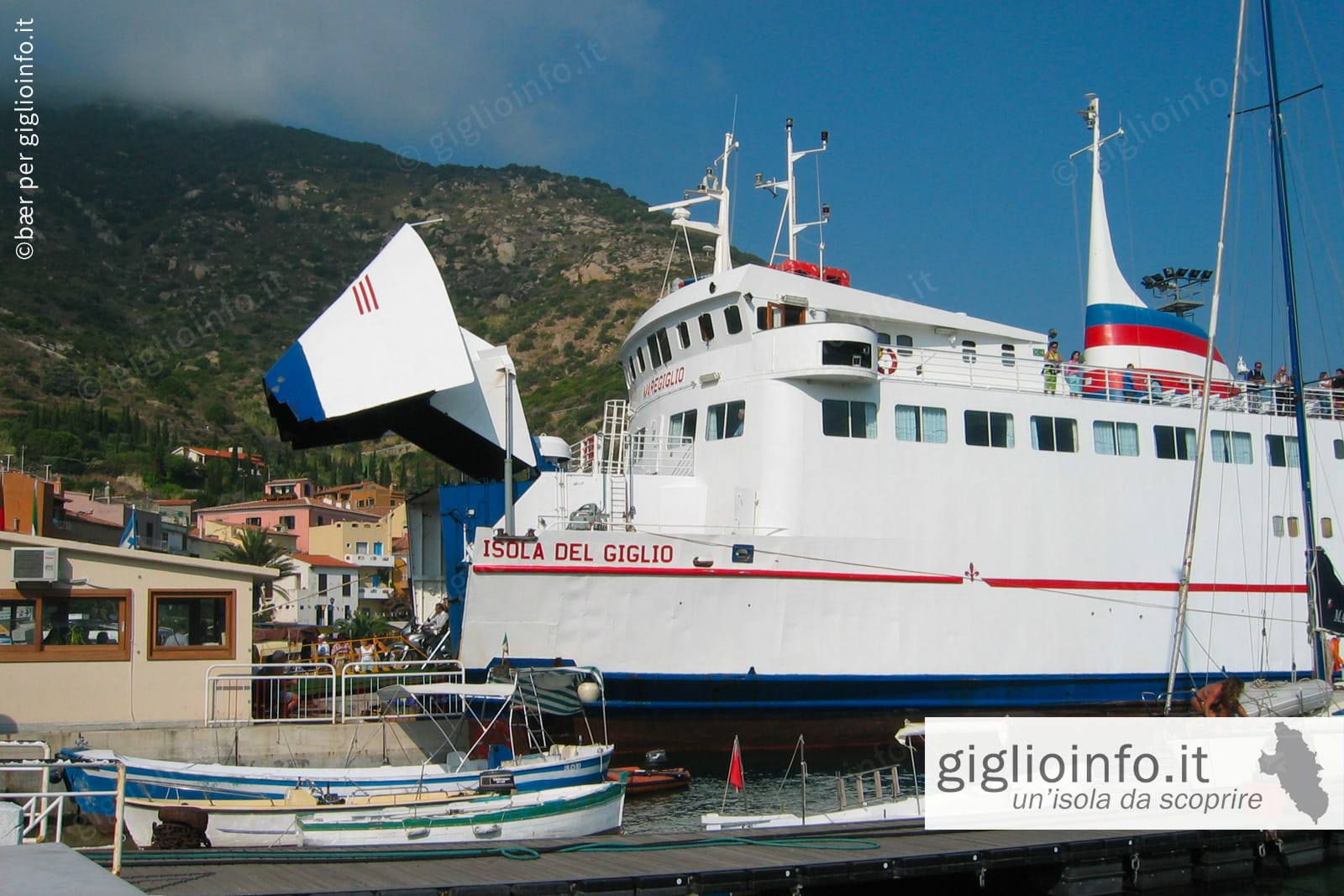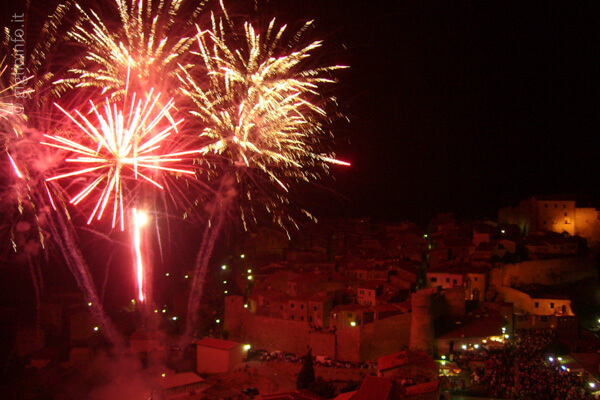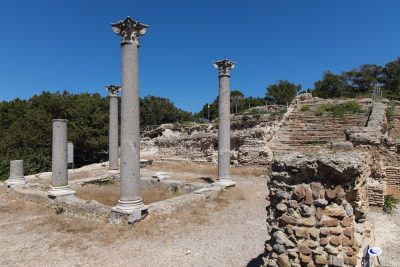Giannutri Island
Just south-west of the Monte Argentario peninsula is the southernmost of the islands of the Tuscan archipelago, the Isola di Giannutri, with its unmistakable crescent shape.
Giannutri is a small paradise without cars (and roads) and without large tourist structures. The island is largely privately owned and, despite the villas scattered between the Cala dello Spalmatoio and Cala Maestra bays, is a natural paradise where the Mediterranean scrub dominates with its colours and scents.
Giannutri is also an ideal resting place for a large number of migratory birds on the long journey between their wintering grounds and their breeding grounds in northern Europe.
Due to the limestone nature of the island, the waters are exceptionally transparent and offer a unique underwater diversity. Giannutri is known as a first-class diving area, where there are also various shipwrecks to discover.
In the north-west, near the bay of Cala Maestra, there is an archaeological site with the remains of the Roman Villa Romana. Built between the 1st and 2nd centuries AD by the Domizi Enobarbi family – the same family to which Nero belonged – it has been open to guided tours again since 2015.
Advertisement
Factsheet Giannutri Island
Giannutri is located about 8 miles south-east of Isola del Giglio and about 6 miles south-west of Monte Argentario. The island is about 3 kilometres long and just over 500 metres wide and covers an area of 260 hectares. The highest point is Poggio Capel Rosso at 88 metres above sea level. There is only one small beach in Cala Maestra, otherwise the 11 kilometre-long coastline is very rugged and rocky. Administratively, it belongs to the municipality of Isola del Giglio (province of Grosseto).
- Area: 2.62 km²
- Coastal development: 11 km
- Length: 2.5 km
- Width: 500 metres
- Maximum height: 88 metres (Poggio Capel Rosso)
- Municipality: Isola del Giglio
- Province: Grosseto
- Inhabitants: about 20 people during the winter season
- More info: www.wikipedia.org

History of the island of Giannutri
The island of Giannutri was certainly already inhabited in prehistoric times, as evidenced by the numerous finds of tools and weapons, and was visited by the Etruscans and Romans. Several wrecks of merchant ships still lie on the seabed of this section, bearing witness to ancient maritime traffic.
The Romans, who probably belonged to the Domizi Enobarbi family, also left the island the remains of an ancient harbour in the bay Cala dello Spalmatoio and a breathtaking Villa Romana in the bay Cala Maestra, which was built in the first half of the second century AD.

Gulls Island
Giannutri is also known as Isola dei Gabbiani (Island of the Gulls). This name refers to the large colony of Mediterranean gulls (Gabbiano Reale, Larus Michahellis) that inhabit the island.
Advertisement
The Roman villa on Giannutri
The Villa Romana complex was built between 90 and 100 AD on the initiative of the imperial house of Domizi Enobarbi, which included the Nero family. The Villa Romana, also known as Villa Domizia, covered an area of around 5 hectares and had a large terrace that was directly accessible from the sea via a staircase.
The remains of the numerous buildings occupy the central western part of the island, which extends over a large part of the coast between the bay Punta Scaletta (today a residential area) and the bay Cala Maestra, where the main jetty was located. A second jetty was located in the bay Cala Spalmatoio, on the opposite side of the island.
The complex included the living quarters of the imperial family, three of which must even have been equipped with a heating system. The excavations uncovered the remains of beautiful floors, which were decorated with finely chiselled marble and black and white mosaics. Baths, slave quarters and outbuildings are also visible, as is the pipe and cistern system, which distributed the collected rainwater or the water transported from the mainland across the entire island.
The residential area
Legend:
Blue: free paths
Yellow: only accessible with a guide
Red: not accessible (private property)
The harbour area

Visit to the Villa Romana
Villa Romana has been open again for guided tours since 2015. These are offered by the park from May to October, both for the archaeological excavation site and for hikes on the island (see information below in the section “Visit Giannutri). You cannot visit the Roman Villa alone or go hiking without a park guide (you are only allowed to move freely within the so-called “corridor” between the bays of Cala Spalmatoio and Cala Maestra).

Territory and environment
Giannutri Archipelago Park
The southernmost of the Tuscan islands has a rugged, rocky coastline with many caves and crevices. Its calcareous nature makes for exceptionally crystalline waters with immense biodiversity; the areas protected by the park have a positive effect on the reproduction of Mediterranean life forms and make the underwater landscapes some of the most sought-after in the archipelago.
The landscape of the island is largely unspoilt – only in the central part have holiday homes been built – and is dominated by the Mediterranean scrub. Rosemary, myrtle and mastic bushes (Pistacia lentiscus) also grow on the cliffs. Of great botanical interest is the red-fruited juniper (Juniperus phoenicea), which makes few demands on the soil and copes very well with the barren rocky subsoil of the island. There are also spurge bushes (Euphorbia) up to two metres high on the island and on the north side there is a rock oak grove.
Giannutri is a resting place for a large number of migratory birds and is also known as Seagull Island (Isola dei Gabbiani) due to its large colony of gulls (Gabbiani Reali). It is home to the pale swift (Apus pallidus) and seabird species such as the rare Sepia shearwater (Calonectris diomedea) and the shag (Phalacrocorax aristotelis) breed in the caves of the cliffs.

- On land integral protection of the island: without authorisation, you can only move freely between Cala Maestra and Cala Spalmatoio
- At sea: The sea around the island is divided into zones 1 and 2, with the exception of two access corridors for boats. In Zone 1, access, navigation, anchoring, fishing and diving are prohibited. In Zone 2, fishing is regulated by the park administration.
Diving in Giannutri
Giannutri is a true paradise for snorkellers and divers: the untouched underwater world is rich in fish, corals and Posidonia meadows.
At Punta Scaletta are the remains of an intact Roman boat, as well as in the bay of Spalmatoio, where the remains of Roman and Etruscan wrecks can be found.
The best dive sites are: Punta Secca, Nasim Machines, Punta Pennello, Anna Bianca Wreck, Le Piscine, Cala Ischiaiola and Punta San Francesco.
Visit Giannutri
The island of Giannutri can be reached from Porto S. Stefano (Monte Argentario) either with the regular ferry lines or mini-cruises. In Giannutri, the ships usually dock in the bay Cala dello Spalmatoio, only in unfavourable winds in the bay on the other side, Cala Maestra.
The only bathing beach on the island is located in the Cala Maestra bay; the rest of the coast is rocky and difficult to access.
It is not permitted to walk on the trails without the company of a park guide. The only freely accessible path is the one between the bays of Cala Maestra and Cala dello Spalmataio.
In the small square of the settlement on the Cala dello Spalmataio is the Bar Restaurant La Vela, which also runs the grocery shop Alimentari La Comubusa (opening hours from Easter to mid-October only at weekends and from June to September also during the week):
Mini-cruise to Giannutri Island
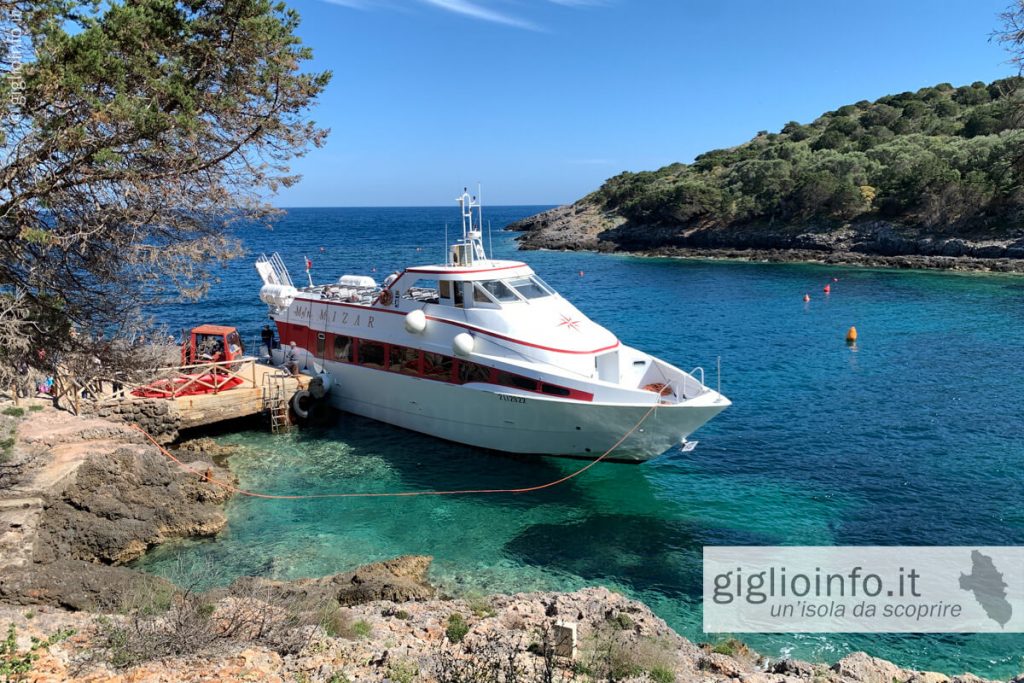
Ferries to Giannutri

Giannutri can also be reached by the ferry from Porto Santo Stefano. The regular connections with outward and return journeys on the same day are around twice a week in winter and several times a week from spring to autumn.
Advertisement
Guided Tours and Activities in the Tuscan Maremma
Guided Visits of the Park
From May to October, the Tuscan Archipelago National Park offers both natural history and historical-archaeological tours. Some of the visits are organised in conjunction with the regular ferries, others as a package with a mini-cruise.

Ufficio Località Enfola n. 16
57037 Portoferraio (LI)
Isola d’Elba
Telefono: +39 0565 908231
E-mail: info@parcoarcipelago.info
Web: www.parcoarcipelago.info
Dolphins

Advertisement
you are here:
Home » Tuscan Archipelago » Giannutri Island
Videos on Giannutri Giannutri and the Archipelago
Giannutri
News about Giannutri Island
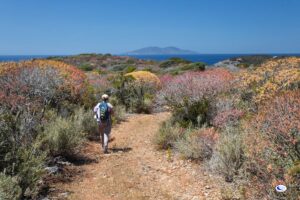
Escursioni all’Isola di Giannutri in Primavera
Escursioni all’Isola di Giannutri: un’esperienza unica tra natura e storia. Aprono le prenotazioni per le

Gianniutri, controlli nell’area protetta a mare della Guardia Costiera
Non si fermano a Giannutri i controlli nell’area protetta a mare del Parco Nazionale Arcipelago

Monitoraggio dell’area marina protetta all’Isola dei Giannutri.
Conlusa importante monitoraggio congiunto GDF, Sea Shepherd e Parco Nazionale Arcipelago Toscano a tutela dell’area

Pasqua all’Isola del Giglio
Sabato di Pasqua 30 marzo escursione con Guida Parco lungo il crinale dell’Isola del Giglio
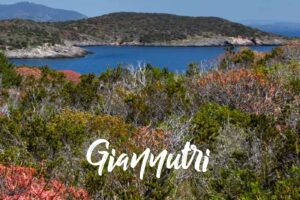
Vivere il Parco 2024 – Giannutri
Programma Vivere il Parco 2024 del Parco Nazionale Arcipelago per scoprire la natura e

Escursioni all’Isola di Giannutri in Primavera
Una intera giornata a Giannutri per vivere un’esperienza esclusiva con visita dell’area archeologica della Villa

Giannutri, incontro del Comune con i residenti
Un incontro positivo con gli abitanti dell’Isola di Giannutri avenuto il 25 settembre con l’amministrazione

Intercettata yacht nelle acque protette di Giannutri durante pesca
Isola di Giannutri: intercettata e sanzionata imbarcazione nelle acque protette del Parco Nazionale Arcipelago Toscano
Advertisement






